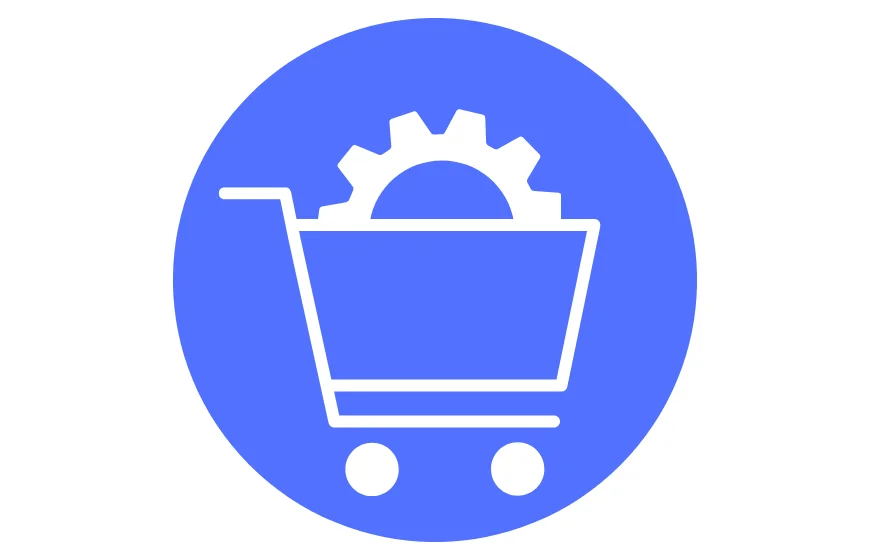Ecommerce Management
What is Ecommerce Management
E-Commerce or Electronics Commerce is a methodology of modern business which addresses the need of business organizations, vendors and customers to reduce cost and improve the quality of goods and services while increasing the speed of delivery. E-commerce refers to paperless exchange of business information using following ways
E-commerce is the process of buying and selling over the Internet, or conducting any transaction involving the transfer of ownership or rights to use goods or services through a computer-mediated network without using any paper document.
973-777-8612
CALL NOW FOR FREE DEMO CLASS

Electronic commerce or e-commerce refers to a wide range of online business activities for products and services. It also pertains to “any form of business transaction in which the parties interact electronically rather than by physical exchanges or direct physical contact.”
How does Ecommerce Work?
Ever wonder how those big online stores keep track of all your purchases? Do you ever think about how ecommerce actually works? Well, to run a successful online business, it’s important to understand the basics of ecommerce before pondering how to start an ecommerce business.Essentially, ecommerce is the buying and selling of goods and services over the internet. When you purchase something from an online store, the transaction is processed through an ecommerce platform. This platform handles everything from payments to order fulfillment.
To explain further, there are three main components to ecommerce: a website or online store, payment processor, and shipping provider. The website is where customers can browse and purchase products or services.The payment processor handles the transaction between the customer and the seller. And the shipping provider delivers the product or service to the customer’s door.
Reselling on Ecommerce websites
When selling on Amazon you must realize the marketplace is designed to make it easy for practically anyone to list products on the site, including the brands themselves. Add the features of the FBA program, and now companies that haven’t historically fulfilled direct-to-consumer orders can easily handle that operational complexity. Layer in how Amazon’s Buy Box algorithm prefers lower-priced offers to higher-priced ones and competition across different sellers can quickly become a race to the bottom for margins.
Brands acting as direct-to-consumer resellers on Amazon are better able to cut retail prices and remain profitable, creating an advantage over resellers.
So, it becomes harder for a reseller to bring meaningful value to customers if:
- There is no real limit to how many resellers could offer the same products.
- Resellers are having to undercut one another to win the Buy Box.
- They don’t often understand their all-in cost structures.
- The very brands that make product available to them are now able to compete side-by-side as resellers.
Only those resellers having an exclusive sourcing relationship with its brands, where the brands also agree not to become resellers themselves, have much luck with this route. Even so, as more brands realize the opportunity on Amazon, fewer brands are willing to make such a deal.
In response to these many changes, we have seen two major shifts in the past 3-4 years occur among the base of resellers on Amazon:
- Resellers are aggressively courting brands to become their exclusive resellers on Amazon.
- Resellers are developing private label brands of their own so that they can become exclusive resellers of their own brands.
973-777-8612
CALL NOW FOR FREE DEMO CLASS
ipt.surat@gmail.com
MAIL NOW FOR FREE DEMO CLASS
Other Courses
Useful Links
© 2023 iPlace Technologies. All Rights Reserved.

